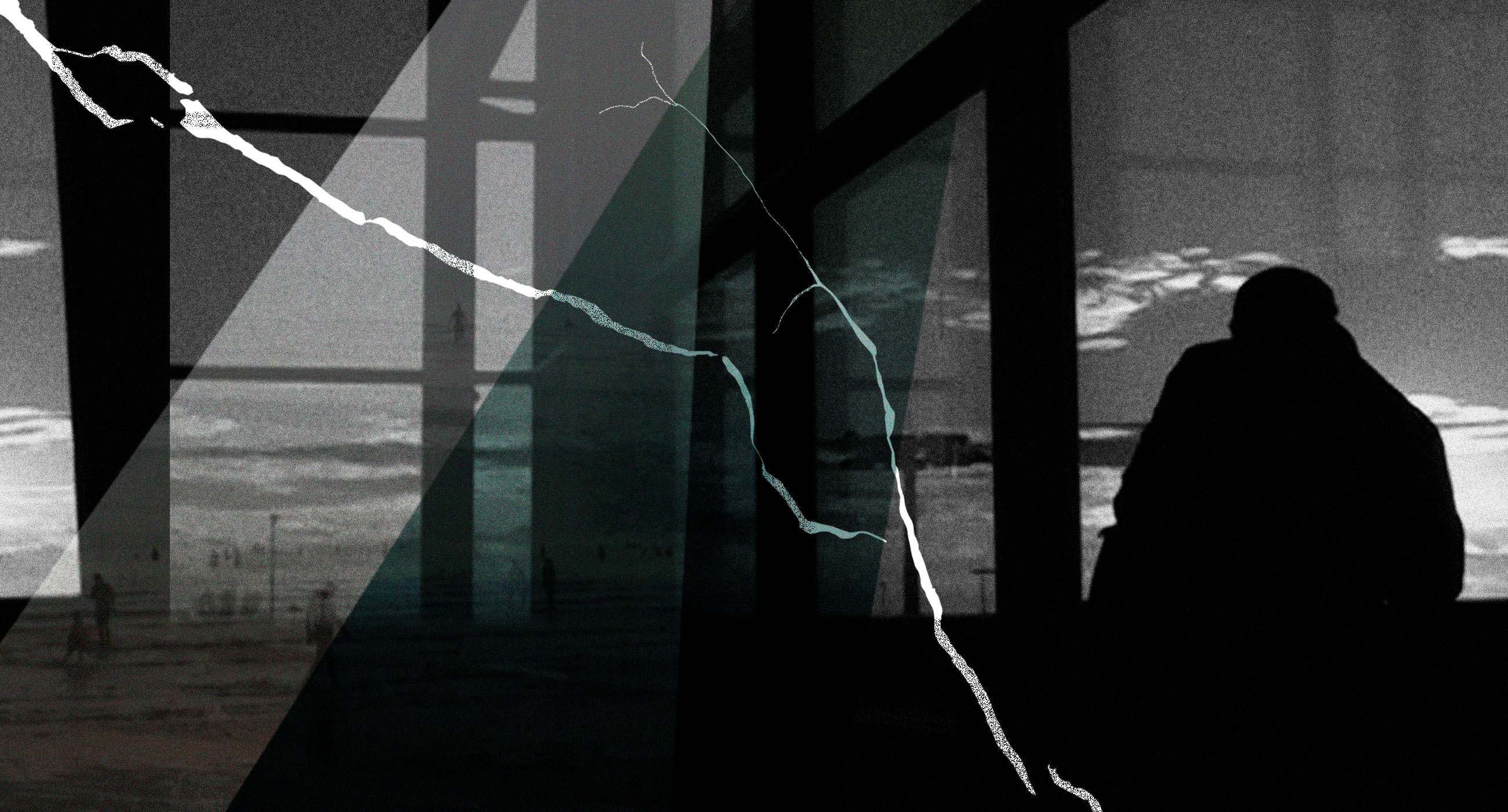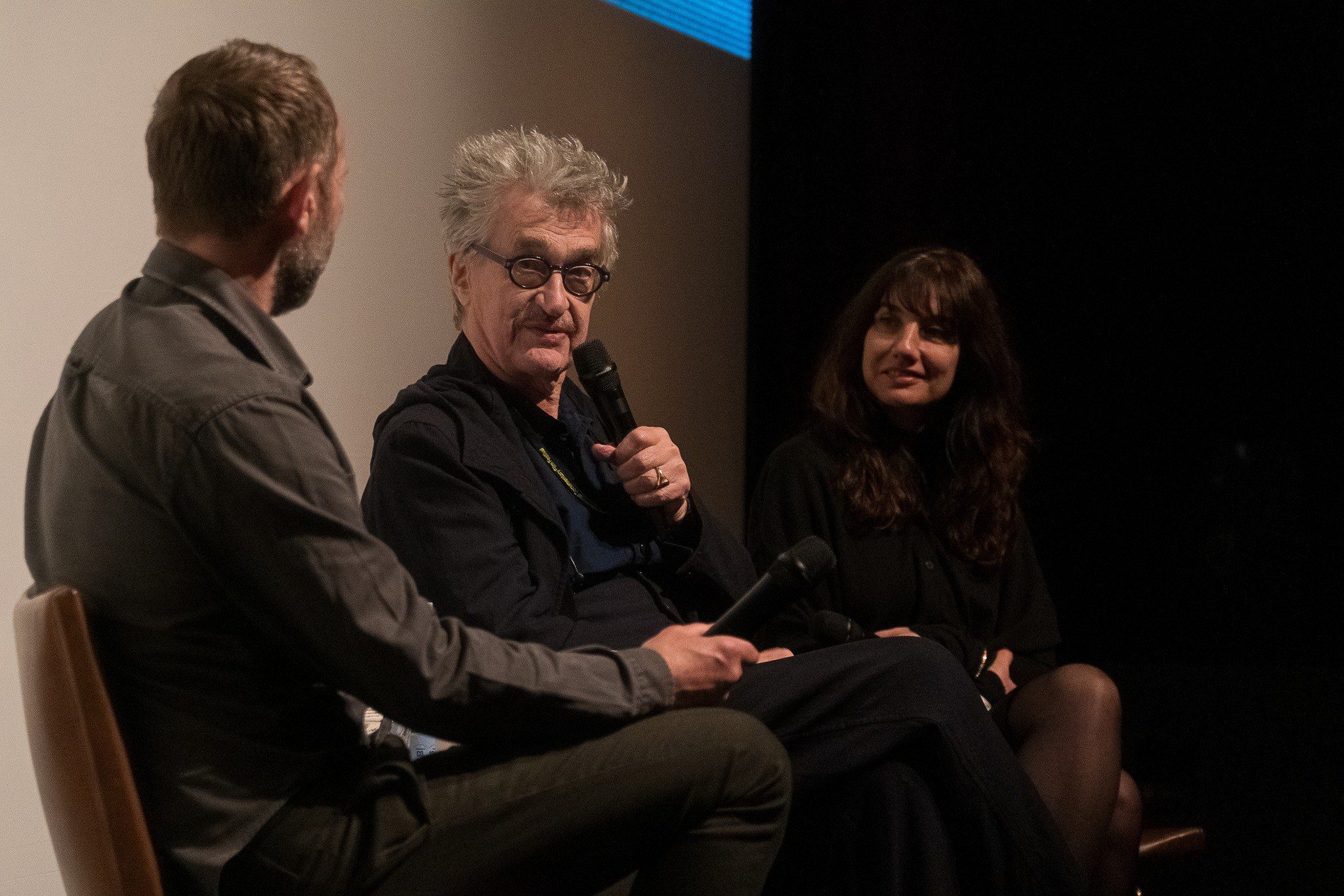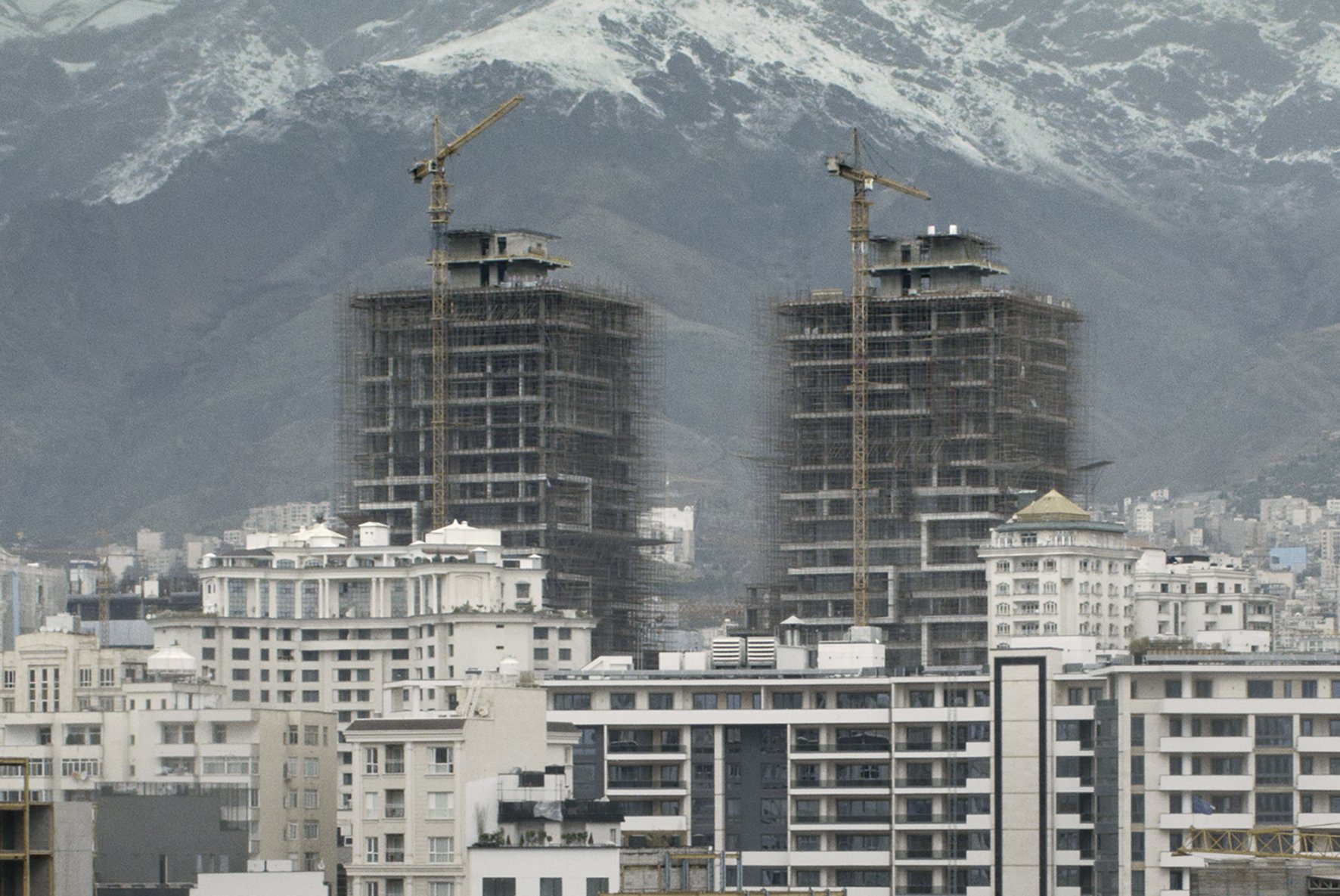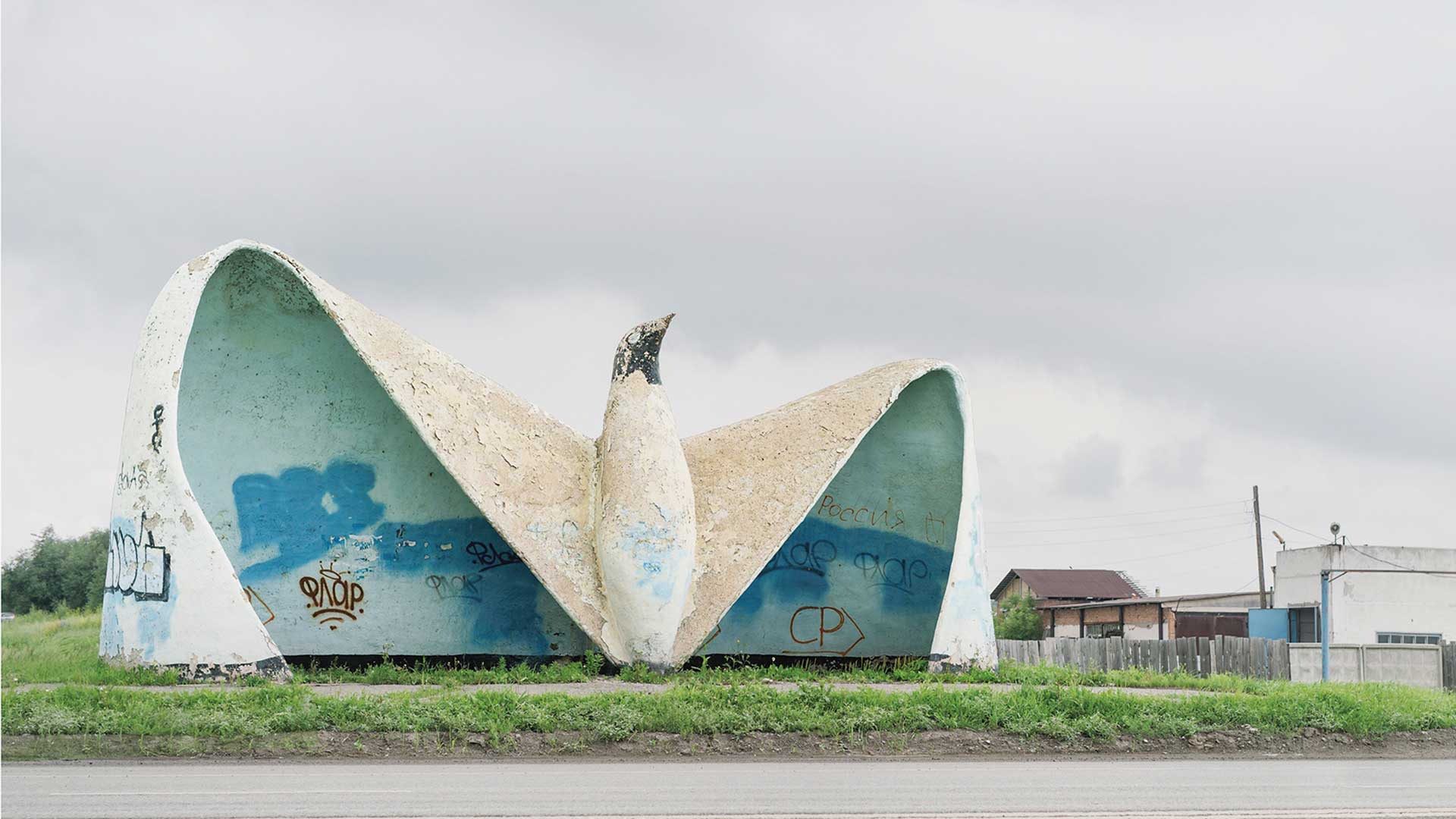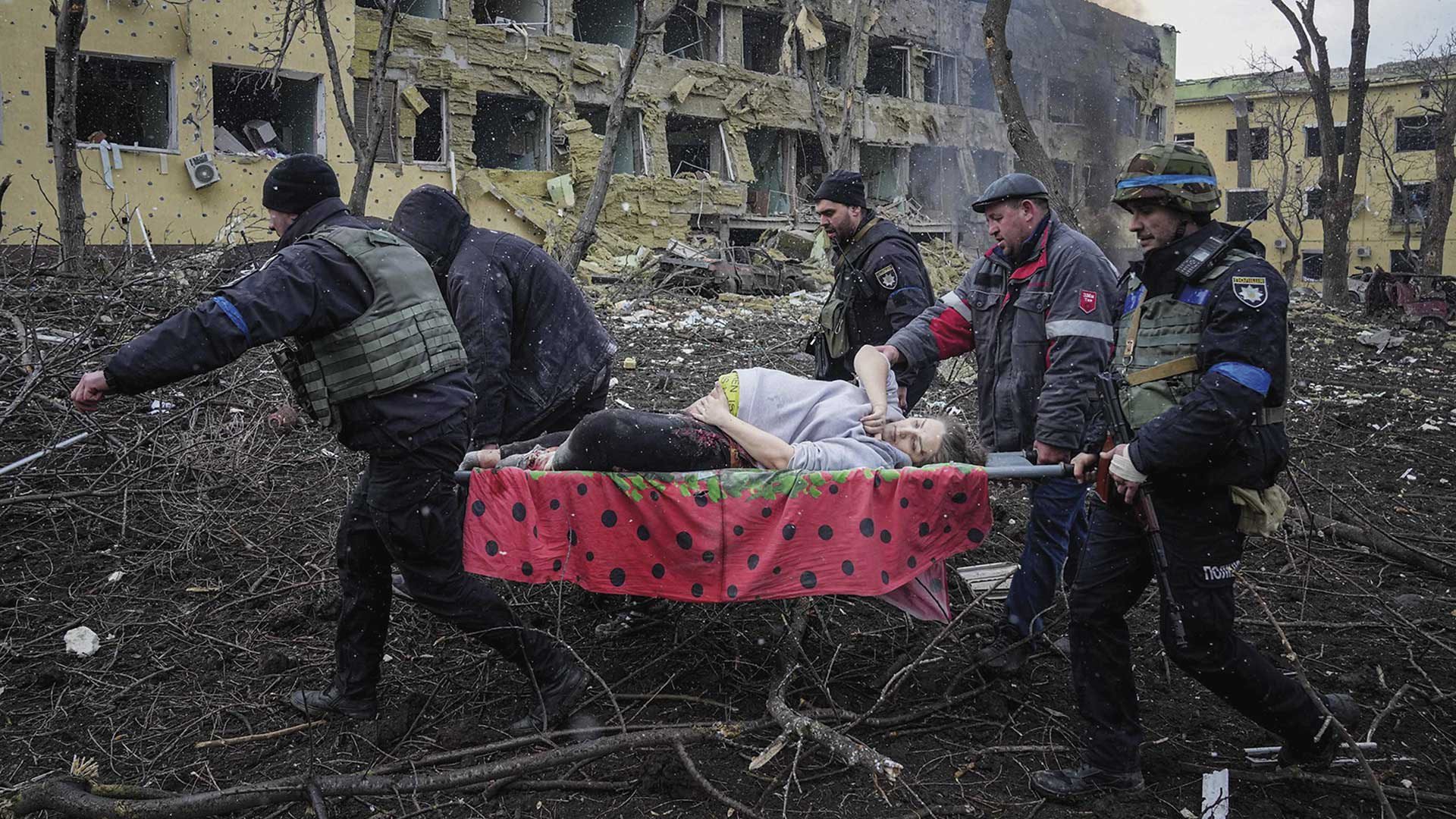Destruction is increasingly becoming one of the key themes of documentary cinema, and countries experiencing wars, repression, or radical climate change are becoming central to the filmmakers’ choice. Zaborona’s editor-in-chief Katerina Sergatskova attended CPH DOX, one of the most significant documentary film festivals in Europe, which took place in Copenhagen, and wrote down some valuable insights.
Sometimes the action or language in a movie is not as important as capturing the meaning of the city where it is filmed. It is the city or place that can dictate the content of the film, how the process will go and where it will lead. These are the words of Wim Wenders, the president of the European Film Academy, director and philanthropist, — he spoke from the stage of one of the most significant documentary film festivals in Europe, CPH DOX.
Wenders was accompanied by the Iranian-born filmmaker Afsoun Moshiry, who produced a series of short documentaries called ‘Sense of place’. This is a film anthology by six Iranian directors, filmed in different cities of the country. Moshiry noted that sometimes a film is the only way to document a city that may not exist anymore, or a society that may change radically. And this is a sad verdict, in my opinion, for people who do documentary art around the world.

Wim Wenders and Afsun Moshiry at the CPH DOX Festival, 2023. Photo: CPH:DOX / Facebook
Sad because you have to film cities, places, or objects not only to remember them, but also to capture the moment before their physical death.
The philosopher and writer Susan Sontag noticed that in human perception of visual reality, people remember with the help of photographs, but they remember only photographs — the image overshadows other forms of understanding and memorization. She wrote this at a time when there were no smartphones, and every other person on the planet could not take pictures of everything they saw around. However, this is exactly what reality looks like today: people are increasingly turning to photos and videos to remember what a place looks like — and often cannot remember the story behind the picture, the situation in which it was taken, or the impression that place made on the viewer.

A frame from the film Density of Emptiness
That is, if Yevhen Nikiforov had not taken tens of thousands of photographs of Ukrainian mosaics from the Soviet era, which were published in a large book in 2017, there would hardly be any room left in the public memory for comprehending these mosaics. Or, if Oleksiy Radynsky had not made a film about the UFO building on Lybidska Station in Kyiv and its author, architect Florian Yuriev, would it have been possible to save the architectural monument from destruction by the construction company? The practice of recent years shows that if a certain object is not documented on camera, it is highly likely that those for whom it is an obstacle will quietly destroy it without anyone knowing about it.
Too many events take place in visual and virtual space to remember places with their history. People are overwhelmed by visual reality and do not have enough space to live this reality or fight against it. Filming itself becomes a kind of struggle for memory.

A frame from the film Soviet Bus Stops
Documenting a reality that no longer exists was perhaps the main unspoken theme of the CPH DOX festival. One of the biggest premieres of this year, the film ‘Soviet Bus Stops’, gathered thousands of people from all over the world who wanted to see the bus stops made in the communist empire that does not exist for more than 30 years. Some of these stops are no longer there — they were destroyed by developers, natural disasters, or war. However, their history can at least now be seen in the books of the photographer Christopher Herwig, who has been photographing these stops for almost 20 years, and in this film about him.
Or the videographer Mstyslav Chernov’s film ‘20 Days in Mariupol’, where he captured the life of the city surrounded by Russian occupiers when it was still under Ukrainian control, half-ruined and crippled. It was the documentary filmmaker’s escape from Mariupol that partly became the moment when oblivion sets in: there is no one else in the city who could record the reality, and “remember” it for the world.

A frame from the film «20 days in Mariupol»
Through the prism of documentaries that are making their way to major European festivals, we are increasingly seeing a deeper problem: the world is collapsing. The world is being destroyed physically by aggressor states with nuclear weapons, and socially by dictators, repression, economic dependence, and climate change. It is being destroyed because humanity is not paying attention, and because these processes are usually visible only when everything is already destroyed. When there are no “eyes”, oblivion sets in, and with oblivion comes physical death — of places, cities, and people.

